Home>Dining>Events & Etiquette>What Are Some Cuban Table Manners?
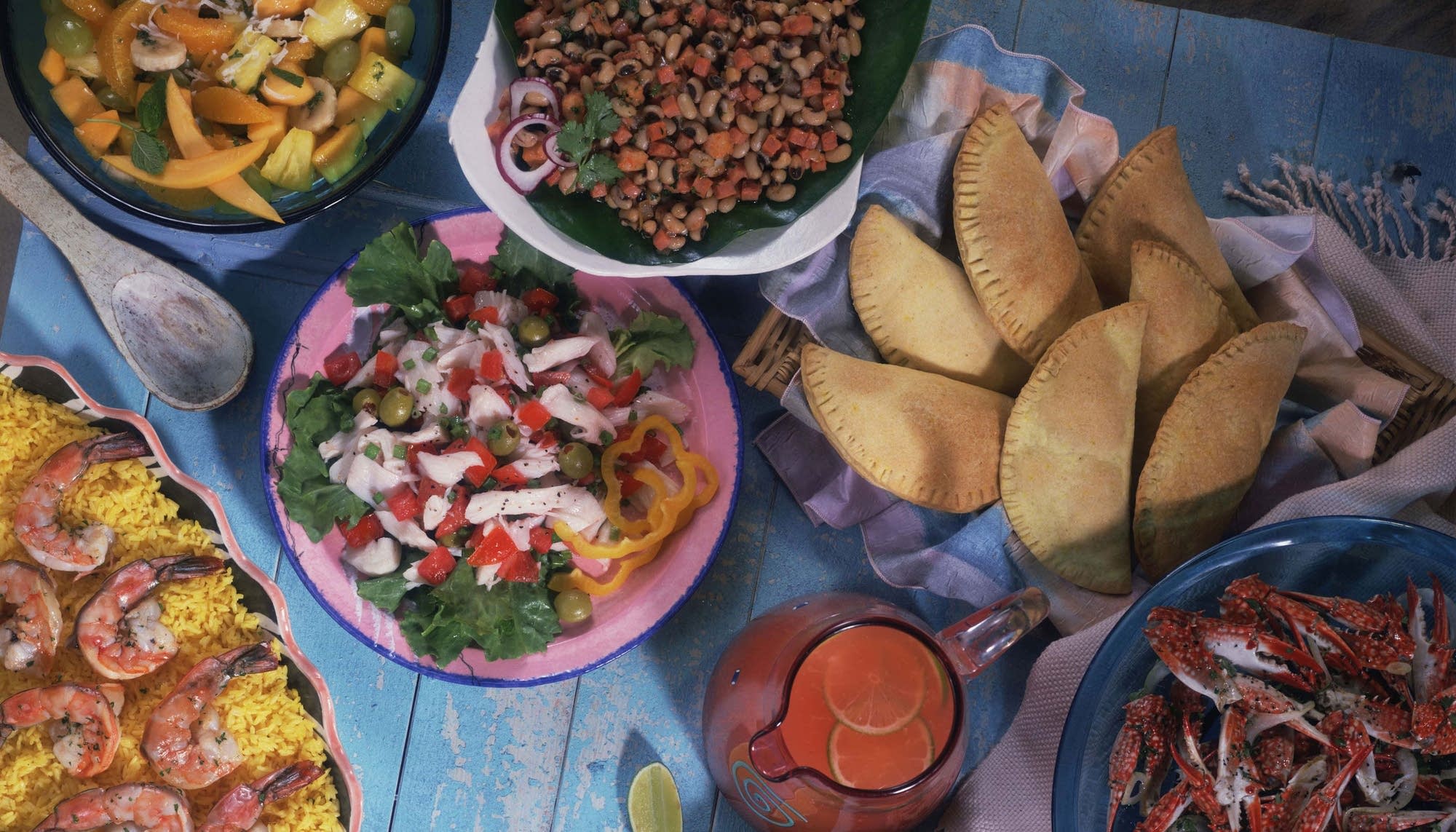

Events & Etiquette
What Are Some Cuban Table Manners?
Modified: January 4, 2024
Discover the essential Cuban table manners and etiquette to follow during events. From proper seating arrangements to dining customs, learn the cultural norms to ensure a respectful and enjoyable experience.
(Many of the links in this article redirect to a specific reviewed product. Your purchase of these products through affiliate links helps to generate commission for Storables.com, at no extra cost. Learn more)
Introduction
Welcome to the vibrant and culturally rich world of Cuban table manners and etiquette! Cuban cuisine is known for its flavorsome dishes, abundant use of spices, and communal dining traditions. As a visitor to this fascinating country, it is essential to familiarize yourself with the local customs to ensure a respectful and enjoyable dining experience. Understanding Cuban table manners not only demonstrates your appreciation for the local culture but also helps you establish a positive connection with your hosts.
In Cuba, mealtime is not merely about satisfying hunger but a time for socializing, bonding, and showcasing hospitality. It is essential to embrace the relaxed and convivial atmosphere that accompanies Cuban dining. This article will delve into the various aspects of Cuban table manners, from greetings and dining etiquette to the proper use of utensils and toasting customs.
By gaining knowledge of Cuban table manners, you’ll be better equipped to navigate social situations, leave a positive impression, and fully immerse yourself in the Cuban dining experience. So let’s dive in and uncover the key elements of Cuban dining etiquette!
Key Takeaways:
- Embrace the convivial spirit of Cuban dining by mastering greetings, sharing food, and toasting with sincerity. Show respect for local customs to forge meaningful connections and savor the rich cultural experience.
- Navigate Cuban dining with grace by understanding seating etiquette, utensil usage, and responsible drinking habits. Embrace the warmth of hospitality and create lasting memories through respectful engagement.
Read more: What Are Some Table Manners In Korea?
Greetings and Etiquette
When it comes to greetings and etiquette in Cuba, showcasing respect and warmth is highly valued. Here are some key aspects to keep in mind:
Handshakes and Physical Contact
Handshakes are the common form of greeting in Cuba. Men usually shake hands with each other, and women may shake hands or exchange kisses on the cheek. It is customary to maintain eye contact while shaking hands, as it signifies sincerity and respect. Moreover, Cubans are known for their friendly and affectionate nature, so don’t be surprised if you receive warm hugs or pats on the back from acquaintances.
Addressing Others
When addressing others in Cuba, it is important to use their proper titles and surnames, especially in formal settings. For example, “Señor” (Mr.) for men and “Señora” (Mrs.) or “Señorita” (Miss) for women. However, in more casual settings, friends and acquaintances often use first names and may even incorporate terms of endearment like “amigo” (friend) or “cariño” (darling).
It is also customary to show respect for elders by using titles such as “Don” or “Doña” followed by their first name. This displays reverence and acknowledges their authority or experience. Overall, maintaining respectful and courteous language when interacting with others is highly valued in Cuban society.
By understanding and adhering to these greetings and etiquette practices, you will create a positive impression and foster a sense of mutual respect with your Cuban hosts.
Dining Etiquette
When it comes to dining etiquette in Cuba, there are certain customs and traditions to be aware of. Here are some key aspects to consider:
Read more: What Are Table Manners?
Seating Arrangements
In formal dining situations, seating arrangements in Cuba are often predetermined. The host usually decides who sits where based on social status or age. It is essential to wait for the host to indicate where you should sit and follow their guidance. If you are invited to a casual gathering or a more relaxed setting, seating arrangements may be more flexible, and you can choose your seat.
Wait for the Host
In Cuban culture, it is considered polite to wait for the host to begin the meal before you start eating. This ensures that everyone is present and ready to enjoy the meal together. It is customary to show patience and respect by refraining from taking the first bite until the host signals to start eating. This gesture demonstrates appreciation for the host’s hospitality and sets a harmonious tone for the meal.
Table Manners and Behavior
During the meal, it is important to demonstrate proper table manners and respectful behavior. Keep these tips in mind:
– Keep your elbows off the table while eating. It is considered a sign of good manners.
– Avoid placing your hands in your lap during the meal. Instead, rest your wrists on the edge of the table.
– Chew with your mouth closed and avoid speaking with food in your mouth. This shows respect for those around you.
– Pace yourself during the meal. It is customary to savor each course and engage in conversation.
– Refrain from reaching across the table for dishes or taking large portions. Allow the food to be passed around and take moderate portions to ensure everyone has an equal opportunity to enjoy the meal.
– Be mindful of your volume when speaking. While lively conversations are welcomed, it is important to maintain a considerate volume so as not to disturb others.
By adhering to these dining etiquette practices, you will showcase your respect for the host and create a pleasant and harmonious dining experience for everyone involved.
Sharing Food
Sharing food is an integral part of Cuban dining culture. It is not only about nourishment but also about fostering a sense of community and creating a convivial atmosphere. Here are some key practices to keep in mind when it comes to sharing food in Cuba:
Read more: What Are The Table Manners In Japan?
Passing Dishes
In a traditional Cuban meal, several dishes are usually placed in the center of the table for everyone to share. It is customary to pass these dishes clockwise, allowing each person to serve themselves before passing it to the next person. When passing a dish, use your right hand as a sign of respect and avoid reaching across someone’s plate.
Sharing Portions
In Cuban culture, it is considered polite to leave some food on your plate after finishing your meal. This signifies that you have been provided with enough food and shows gratitude for the hospitality of your host. It also aligns with the idea of sharing and not wasting food.
Offering Food to Others
Cubans are known for their generosity and hospitality, and offering food to others is a common practice. If you notice that someone’s plate is empty or running low on a particular dish, it is customary to offer them a portion from your own plate. This gesture of sharing exemplifies the warmth and interconnectedness of Cuban dining culture.
Remember to accept offers of food graciously and reciprocate the gesture by offering food to others as well. This exchange of food not only promotes a sense of community but also showcases the spirit of generosity and camaraderie that is highly valued in Cuban dining.
By embracing the practice of sharing food, you will not only indulge in the flavors of Cuba but also embrace the cultural values of togetherness and generosity that are deeply rooted in Cuban dining traditions.
Proper Use of Utensils
Knowing the proper use of utensils is essential when dining in Cuba. Here are some guidelines to follow for using utensils correctly:
Read more: What Are Singapore’s Table Manners?
Knife and Fork Usage
When using a knife and fork, hold the fork in your left hand and the knife in your right hand. Use the knife to cut your food into bite-sized pieces, and then transfer the fork to your right hand to bring the food to your mouth. Avoid cutting all your food at once and instead cut small portions as you eat. Rest your knife and fork on your plate between bites, with the tines of the fork facing upwards.
Proper Use of Spoons
Spoons are commonly used for soups, stews, and desserts in Cuba. Hold the spoon in your right hand, keeping your index finger along the top of the handle for stability. Use the spoon to scoop up the liquid or food, bringing it to your mouth without slurping. When not in use, rest the spoon on the side of your plate, or if provided, on a spoon rest.
Bread Etiquette
Bread is often served with meals in Cuba and plays a significant role in the dining experience. Here are some bread etiquette tips to keep in mind:
– Tear off a small piece of bread at a time instead of biting directly into the whole piece.
– Avoid buttering the entire slice of bread. Add butter or spread to each individual bite-sized piece as you eat.
– If a bread basket is being passed around the table, take a piece from the basket and pass it along to the next person.
– Refrain from using bread to scoop up food or as a utensil. Instead, use your fork or spoon to enjoy the meal.
By following these tips, you will demonstrate your understanding of Cuban dining etiquette and ensure a more enjoyable dining experience.
Toasts and Drinking
In Cuba, toasts and drinking are integral parts of the dining experience, often accompanied by lively conversations and celebrations. Here are some aspects to consider when it comes to toasting and drinking in Cuba:
Read more: What Are The 20 Table Manners?
Traditional Toasting Customs
When raising a toast in Cuba, it is customary to make eye contact with each person present and clink glasses with everyone individually. Each toast is usually accompanied by heartfelt words, expressing gratitude, blessings, or wishes for good health and happiness. Cubans value sincerity and take toasting as an opportunity to connect on a deeper level with those around them.
Appropriate Drinking Habits
While alcohol is often enjoyed during meals and social gatherings, it is important to adopt responsible drinking habits and be mindful of your limits. Here are some tips to keep in mind:
– Pace yourself: Sip your drink and avoid consuming alcohol too quickly. Take your time and enjoy the flavors and the company.
– Drink water: Alternating alcoholic beverages with water can help you stay hydrated and pace yourself throughout the meal.
– Respect cultural differences: Be aware that some Cubans may choose not to consume alcohol for personal, health, or religious reasons. Respect their choices and ensure that they feel included and comfortable during the gathering.
Declining Alcoholic Beverages
If you prefer not to drink alcohol or need to decline a drink for any reason, it is perfectly acceptable to do so. Politely decline the offer with a smile and a gratitude-filled remark, such as appreciating the thought but opting for a non-alcoholic alternative. In Cuba, non-alcoholic beverages like refreshing tropical fruit juices or soda are often readily available and make for enjoyable alternatives.
Remember, the focus in Cuba is not solely on alcohol consumption but rather on the camaraderie and celebration of shared moments. Embrace the spirit of toasting with genuine connections and respect for personal choices, and you’ll have a memorable experience.
Conclusion
As we conclude our exploration of Cuban table manners and etiquette, it becomes evident that dining in Cuba is more than just a means to satisfy hunger – it is a sensory experience steeped in tradition, warmth, and community. By understanding and embracing the customs and practices of Cuban dining, you can fully immerse yourself in the rich cultural tapestry of this fascinating country.
From greetings and proper etiquette to sharing food, using utensils correctly, and toasting with heartfelt words, each element of Cuban dining etiquette plays a significant role in fostering connections and displaying respect for both the food and the people around you.
By demonstrating a willingness to learn and adapt to local customs, you not only show respect for the Cuban way of life but also open doors to meaningful connections and deeper cultural understanding. Whether you are engaging in lively conversations, passing dishes, or raising a toast, embracing the spirit of hospitality and togetherness will enhance your dining experiences in Cuba.
Remember, dining in Cuba is not just about eating – it is a celebration of flavors, traditions, and the joy of sharing a meal with others. By incorporating these cultural nuances into your dining experiences, you will create lasting memories, build meaningful connections, and leave a positive impression on your Cuban hosts.
So, as you embark on your culinary journey through Cuba, embrace the vibrant energy, savor the delectable dishes, and let the warmth of Cuban hospitality guide you. Enjoy the vibrant tapestry of flavors, the lively conversations, and the enriching cultural experiences that Cuban dining has to offer.
Frequently Asked Questions about What Are Some Cuban Table Manners?
Was this page helpful?
At Storables.com, we guarantee accurate and reliable information. Our content, validated by Expert Board Contributors, is crafted following stringent Editorial Policies. We're committed to providing you with well-researched, expert-backed insights for all your informational needs.
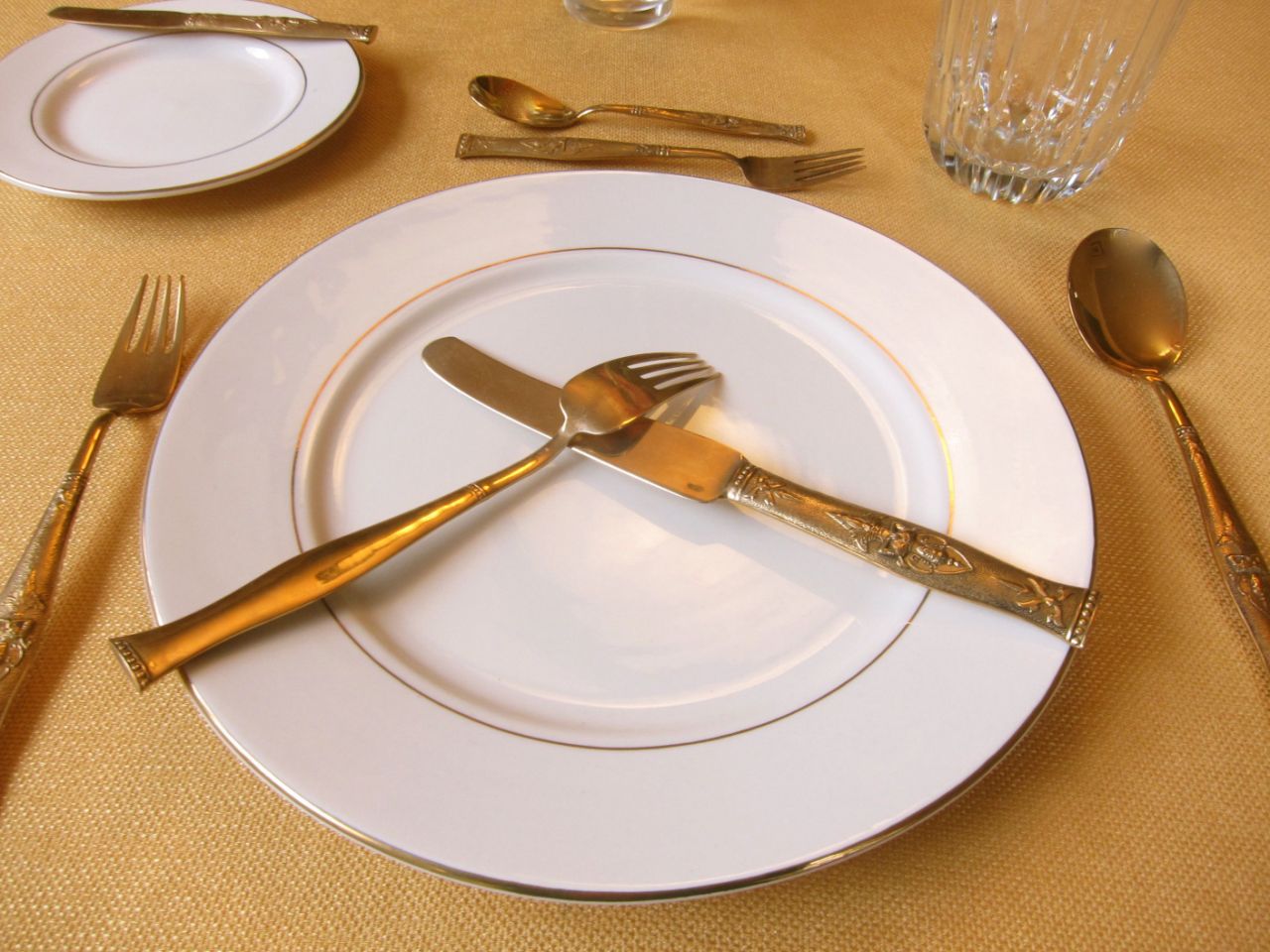
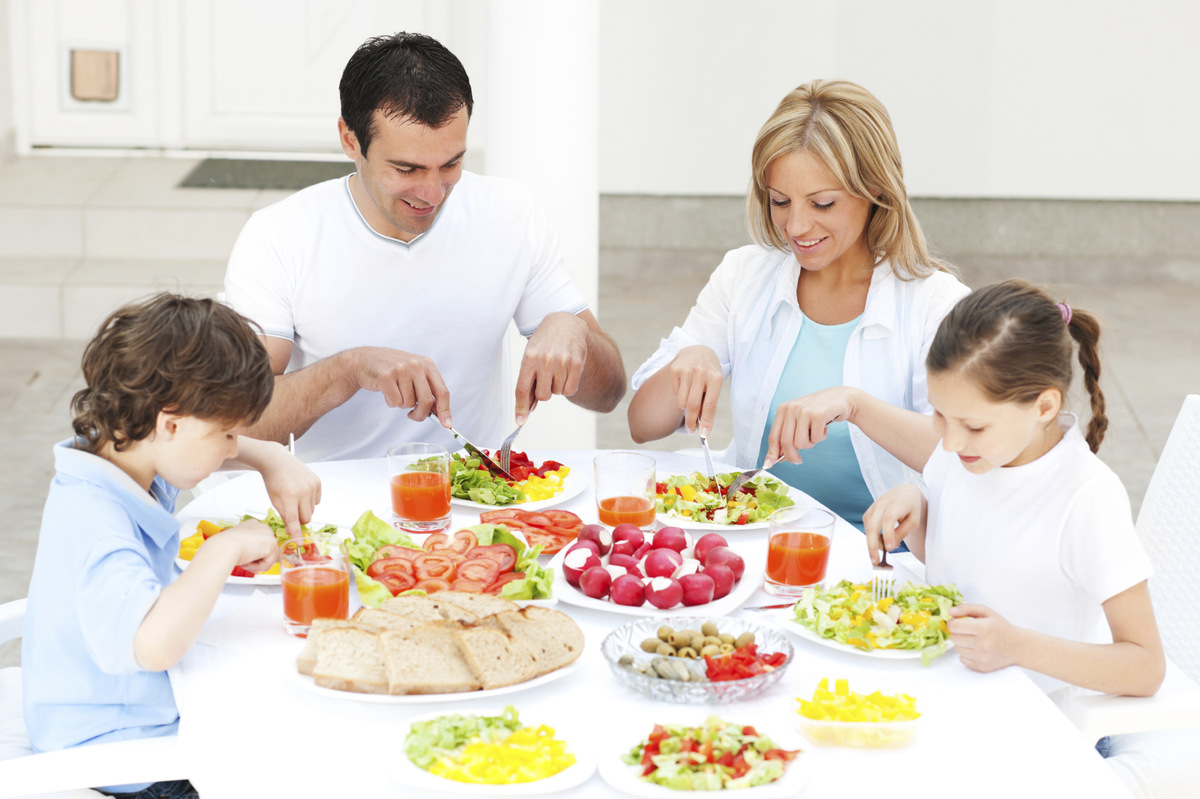
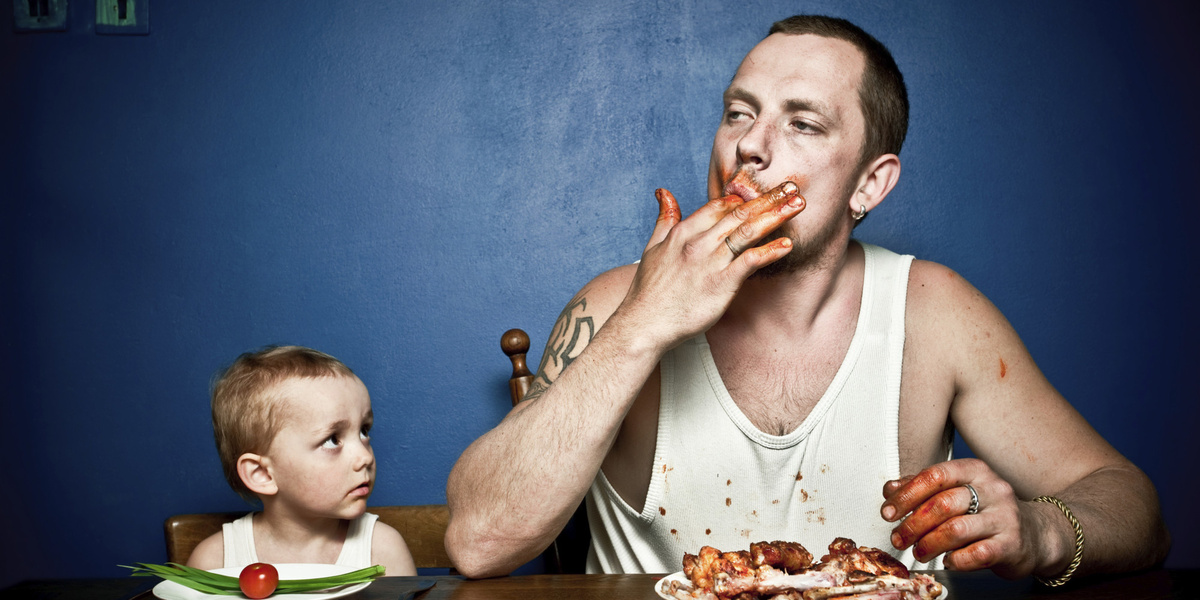
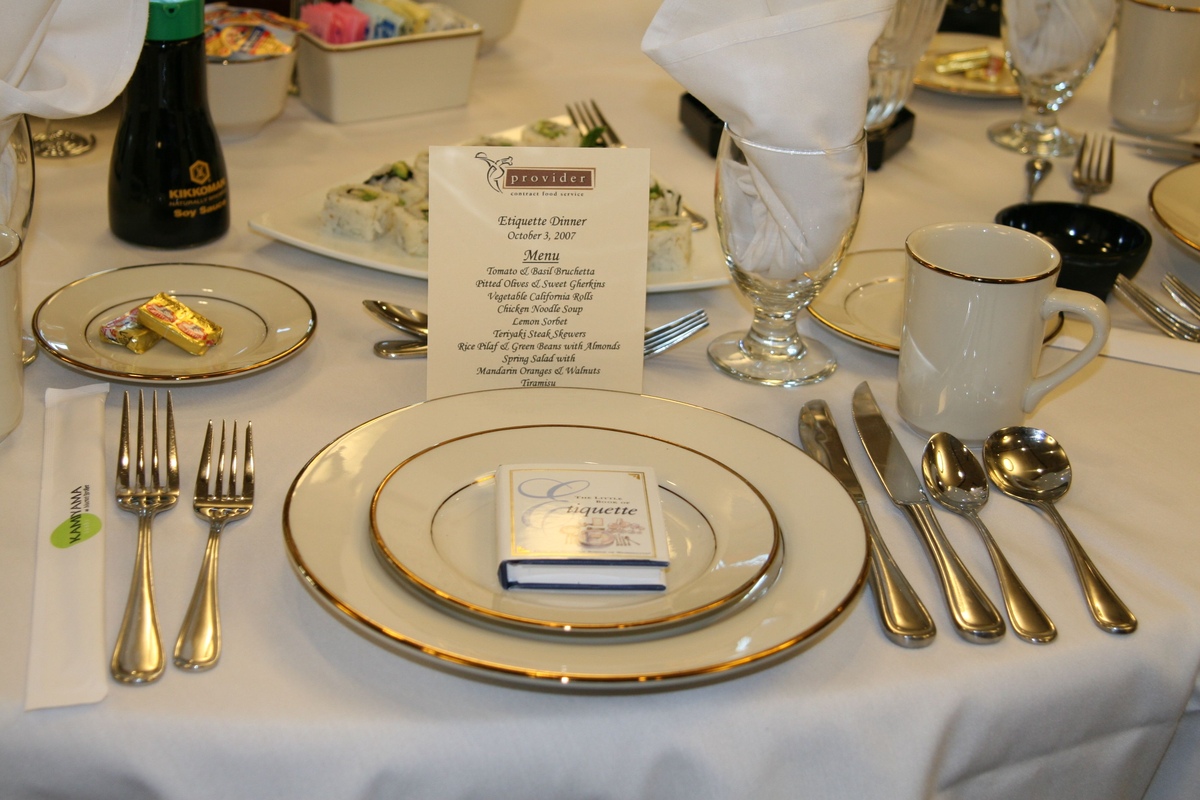

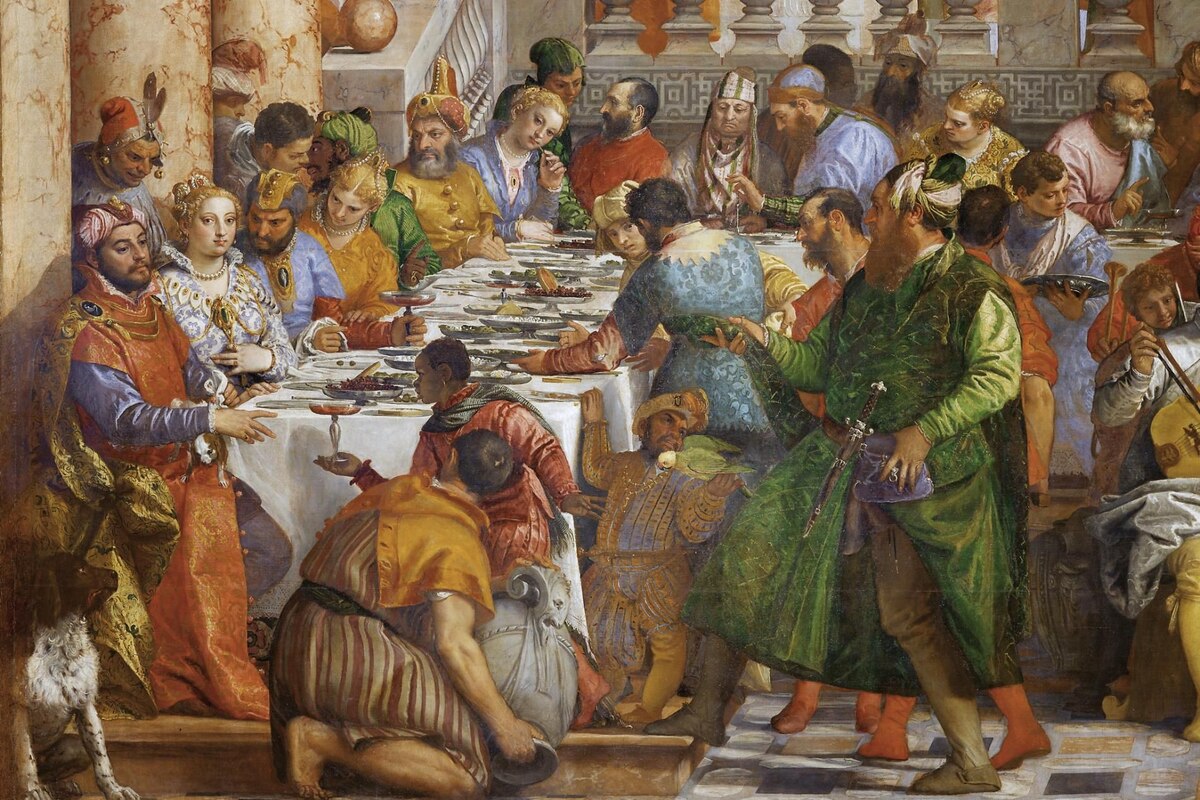

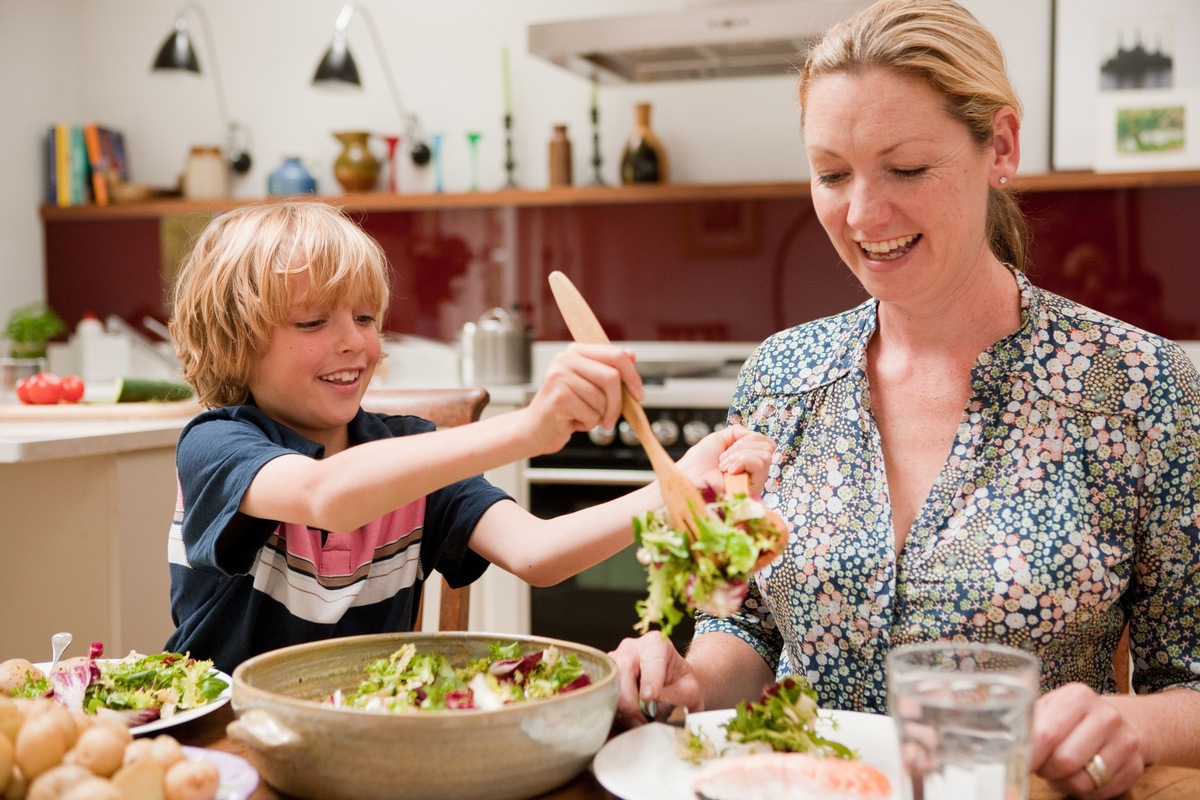
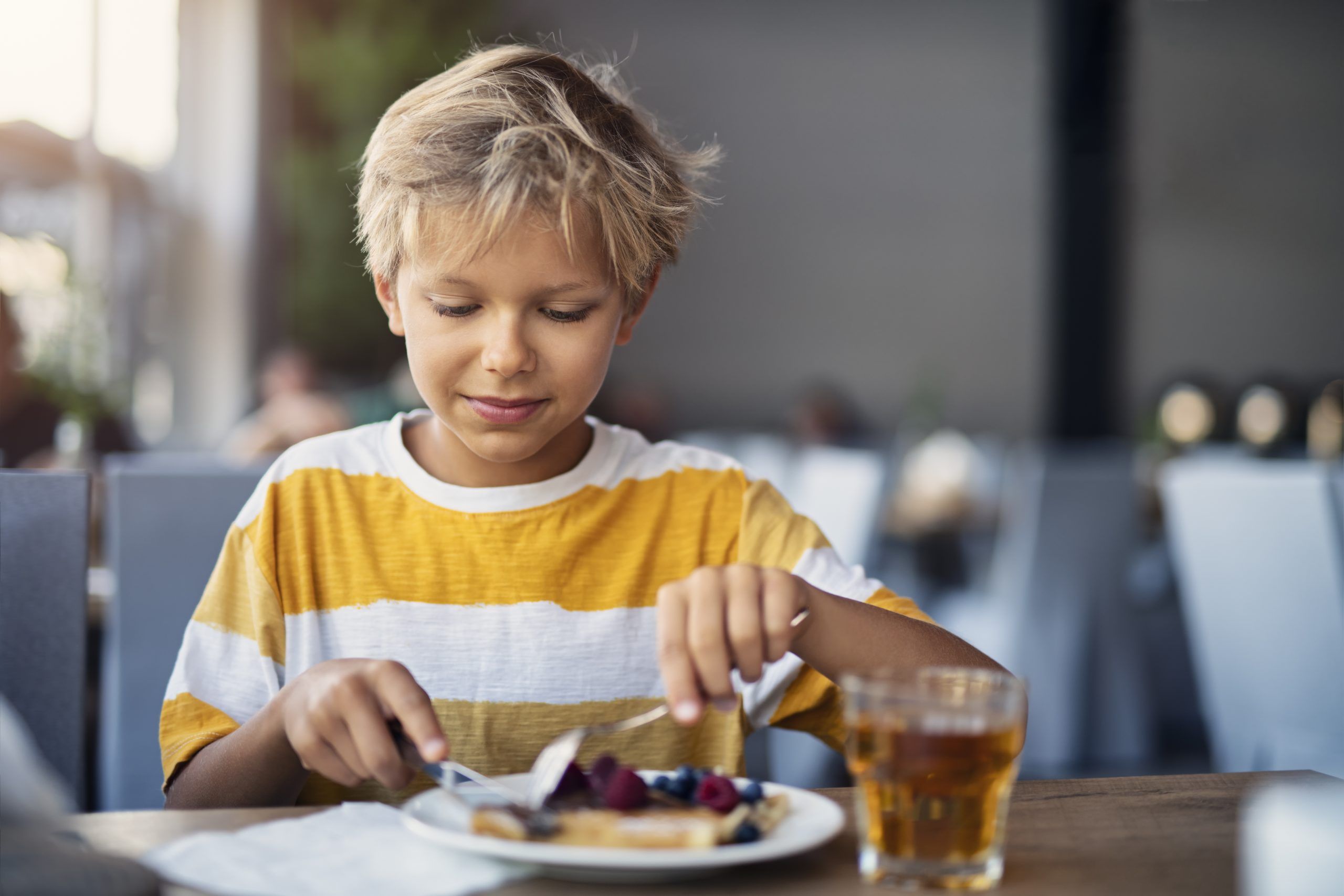
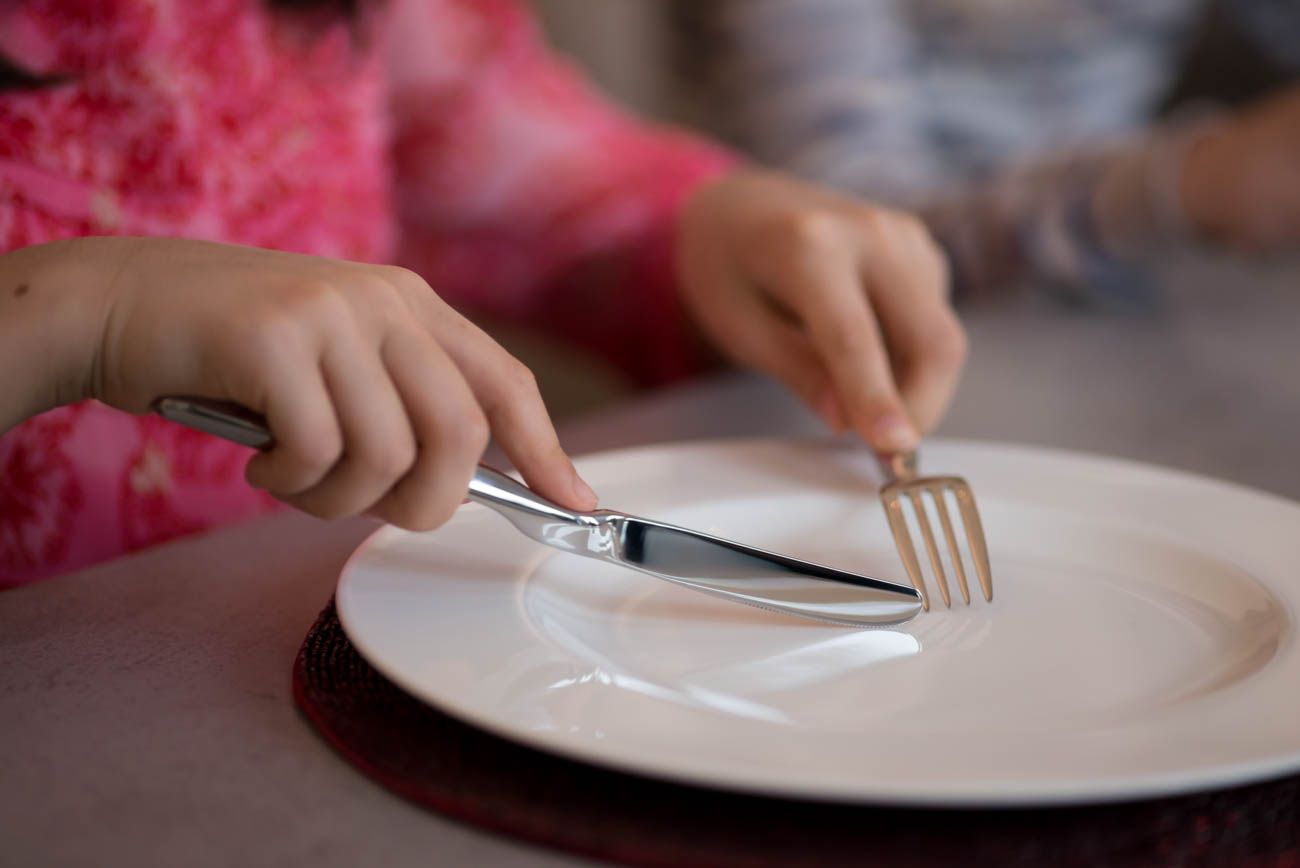
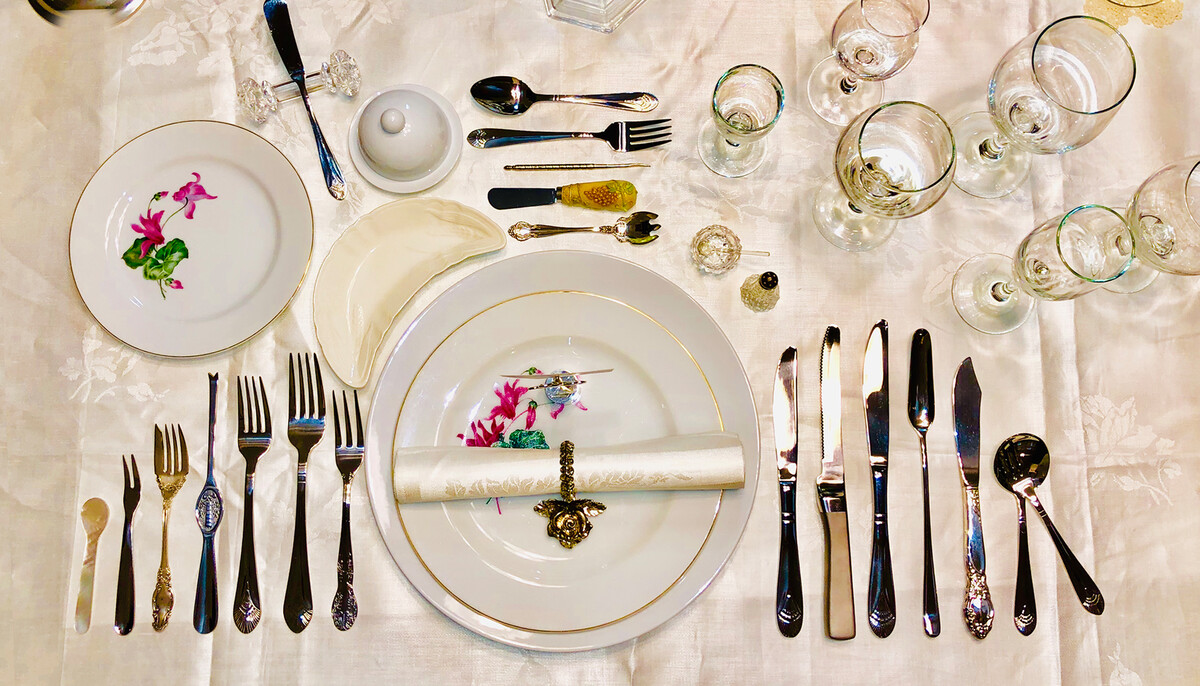

0 thoughts on “What Are Some Cuban Table Manners?”